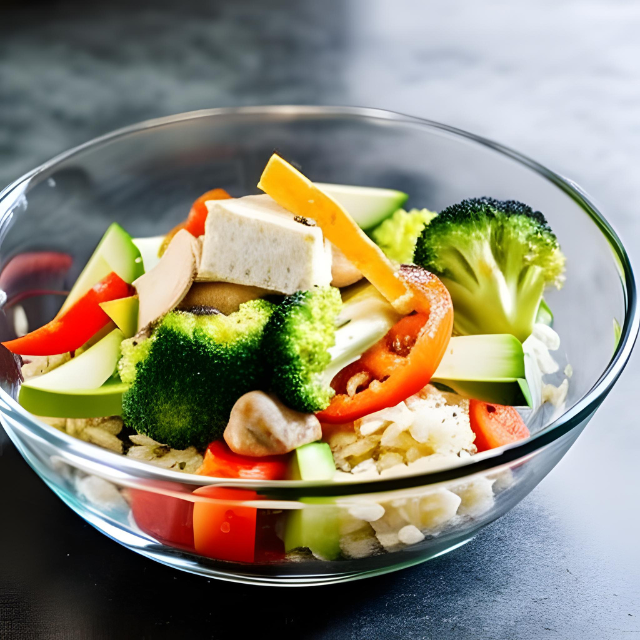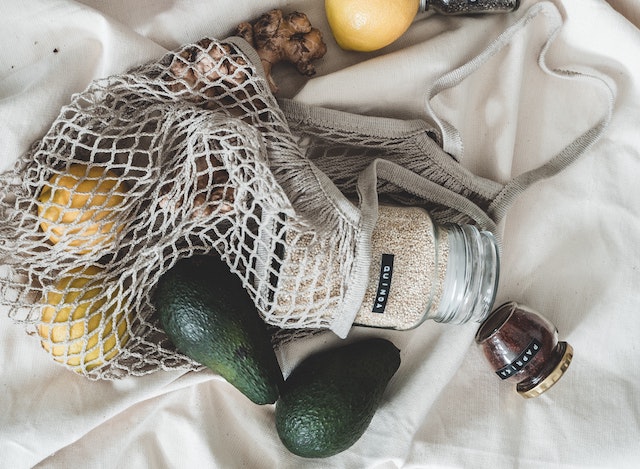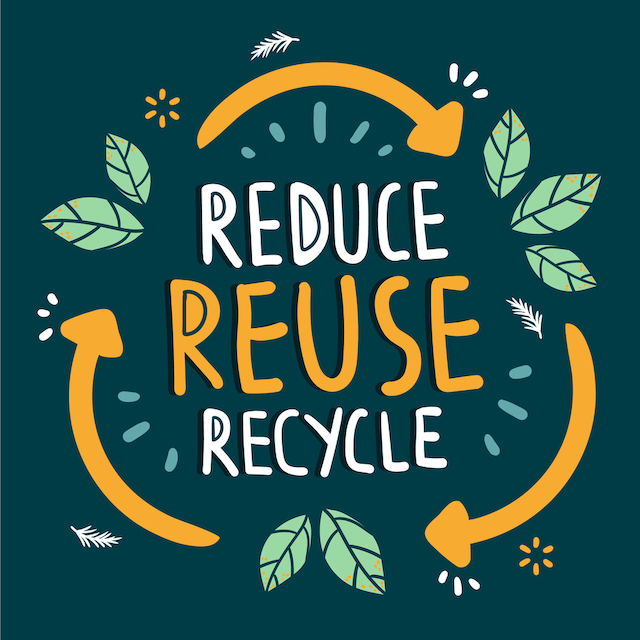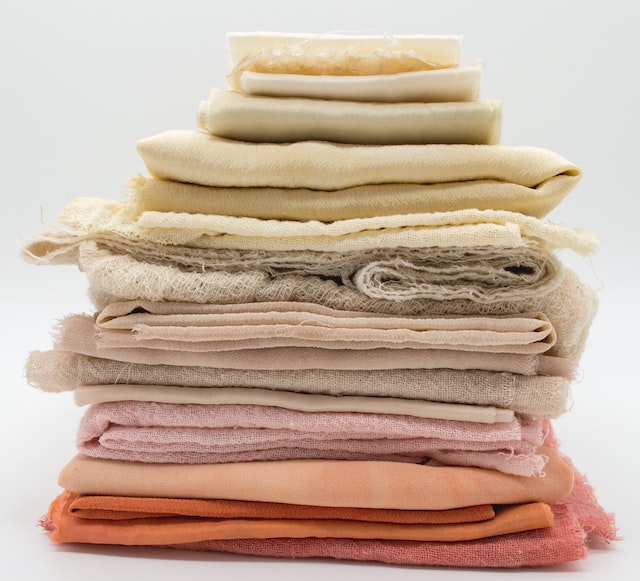Hey earth muffins! Food waste is a global issue that has severe environmental consequences. From farm to fork, a significant amount of food is wasted due to various factors. As environmentalists, we should all aim to reduce food waste as much as we can. In this blog post, we’ll delve into the top contributors of food waste in the home. More importantly, we’ll explore practical ways to avoid them and foster a more sustainable approach to food consumption going forward!

1. Wishful thinking
We often fall prey to wishful thinking by buying more perishable items than we can realistically consume at the grocery store. While we are all hoping to use these items before they spoil, this is often not the case. The solution – reduce food waste when grocery shopping! Be realistic about your eating habits and the perishable items you buy. Opt for smaller quantities or take frequent trips to the grocery store instead.
Read More ➥



